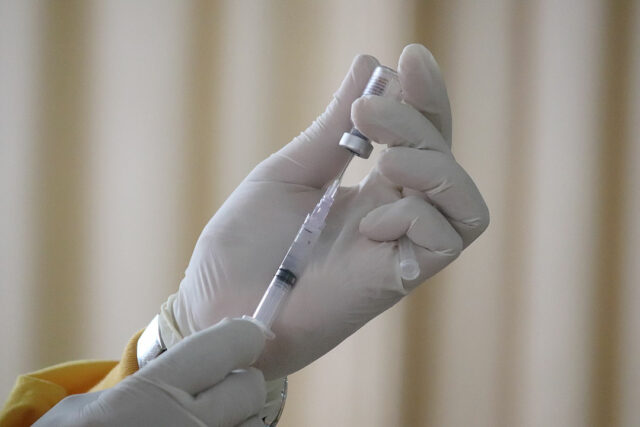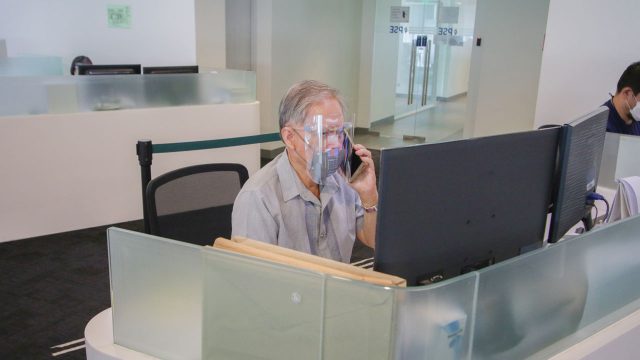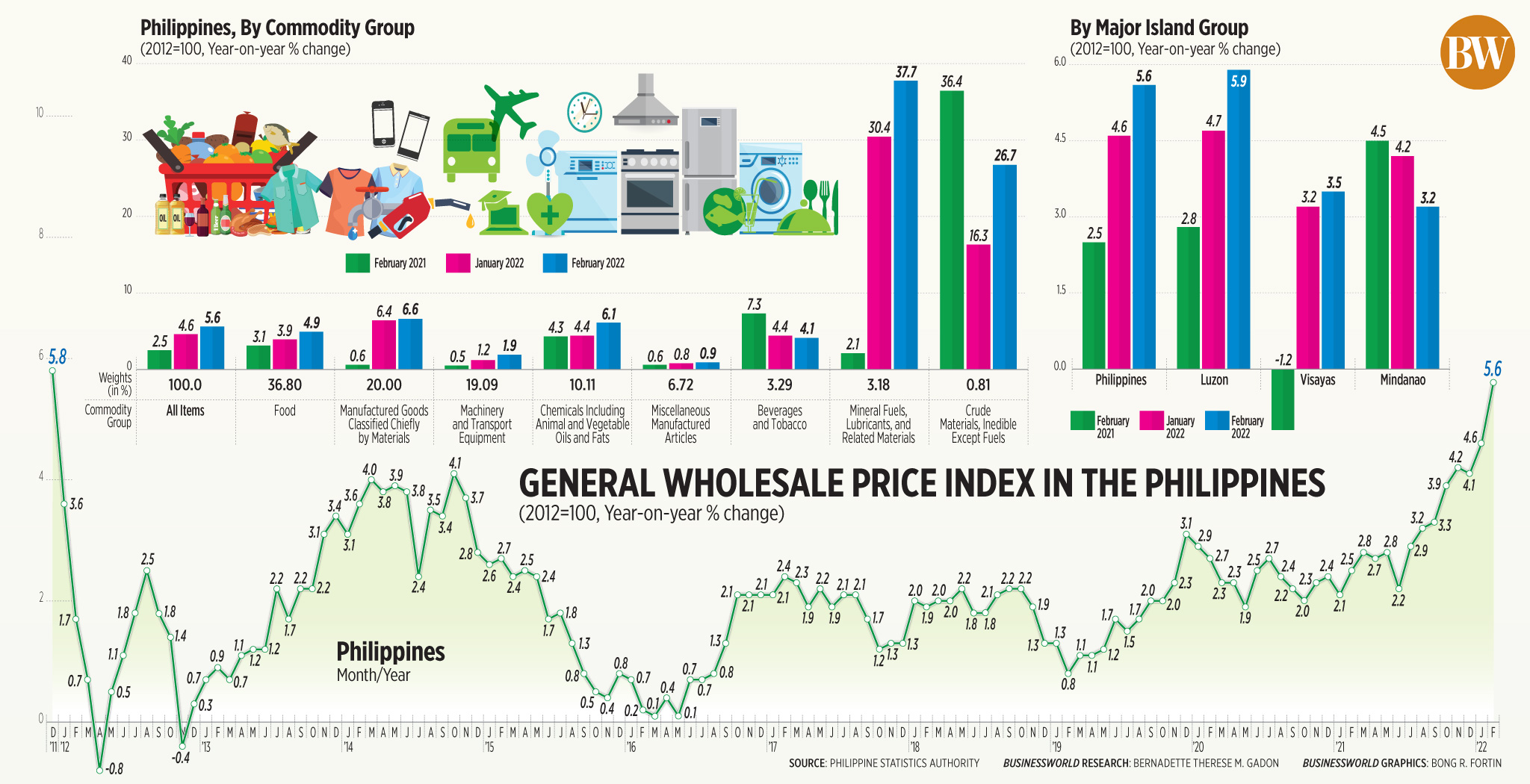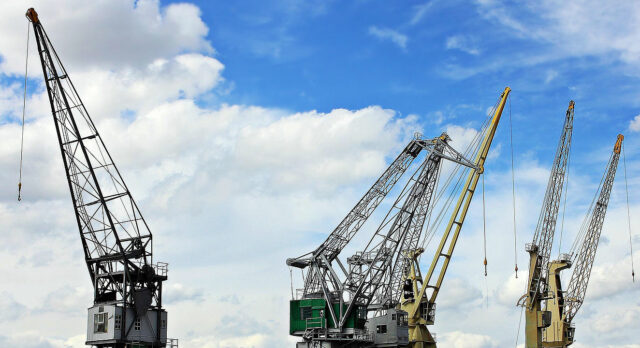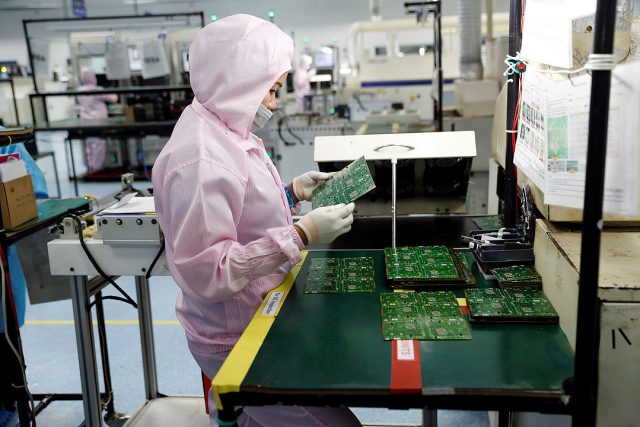Filipinos of all ages should get their routine and catch-up vaccines, as the current pandemic does not diminish the risk of other diseases.
This was the main message of partner stakeholders from government, the private sector and civil society who gathered for the Health Connect media forum held on April 25 as the country celebrated World Immunization Week 2022 with the theme “Long Life for All, Kaya sa Healthy Pilipinas.”
World Immunization Week celebrated on April 24–30 aims to highlight the collective action needed and to promote the use of vaccines to protect people of all ages and communities against vaccine-preventable diseases.
“We must prioritize the vaccination of infants, toddlers, youth, adults and those who missed their vaccines during this pandemic. They need to catch up with recommended vaccines in private clinics, health centers, schools, workplaces, or hospitals,” said Dr. Benito Atienza, president of the Philippine Medical Association.
The country’s childhood immunization coverage in 2019 was around 70%, which dropped to 48.5% in 2021 due to the pandemic, according to Dr. Beverly Ho, head of the Department of Health (DoH) Health Promotions Bureau and Disease Prevention and Control Bureau.
She explained that the only reason disease outbreaks have yet to occur in the country is because in between those periods, the DoH in partnership with the Philippine Pediatric Society (PPS), Philippine Foundation for Vaccination (PFV) and local government units (LGUs) implemented numerous supplemental immunization activities.
“We are pushing for a more active immunization campaign this year, particularly now that our health workers are fully vaccinated and boosted against COVID-19 thereby lowering their infection risk while conducting immunization activities,” Dr. Ho said.
Dr. Ho announced that the DoH will conduct a supplemental immunization activity in which the last Thursdays and Fridays of April, May and June will be dedicated to catch-up immunization of children who missed their recommended vaccines during the last two years of the pandemic.
She called on parents to bring their children to the nearest health centers so they can receive their free vaccines.
Dr. Restituta Magpantay, DoH Calabarzon Family Health Unit head and Regional Vaccination Operations Center chairperson, said that DoH Calabarzon is implementing “Chikiting Bakunation Days” in which the last Thursdays and Fridays of April, May, and August will be dedicated to routine and catch-up of children with incomplete vaccinations in 36 areas with the lowest immunization coverage. The initiative will be rolled out nationwide in the coming months.
PPS president Dr. Joselyn Eusebio stressed that immunization prevents and protects against vaccine-preventable diseases, as well as promotes general wellness of our children. “Ang bakuna ay panlaban, hindi kalaban. Kinabukasan para sa lahat, kinabukasan una sa lahat.”
Immunization is important not just for children, but also for adults and older adults, as it provides not only health benefits but socioeconomic benefits as well, according to Dr. Minette Rosario, chairperson of the Adult Immunization Committee, Philippine Society for Microbiology and Infectious Diseases (PSMID).
“When people are vaccinated, they become more productive. Absences from work due to illness are reduced. Children are less likely to miss school due to sickness, and their parents don’t have to take a leave from work to take care of their kids. High immunization coverage of the population also helps ease the burden on our healthcare system and health workers.”
Dr. Eduardo Poblete, president of the Philippine College of Geriatric Medicine, cited a study showing there is low awareness on influenza and pneumonia vaccines among older adults.
“We should adopt targeted strategies to increase vaccination of our senior citizens.”
He recommended fighting ageism or prejudice or discrimination on the grounds of a person’s age, one example of which is the misconception that getting sick is normal among the elderly; broadening further the Expanded Senior Citizens Act to include free vaccination for all senior citizens, not just select ones; providing support and incentives to encourage vaccination among older adults; offering transportation to and from vaccination sites; creating senior lanes in health centers; setting exclusive vaccination days for seniors; and conducting house-to-house vaccination for seniors.
To facilitate the active participation of nurses in immunization activities in the country Philippine Nurses Association National President Melvin Miranda recommended to strengthen interprofessional education and practice; consider nurse-led clinics as extension facilities to bolster existing immunization programs; and include nurses in LGU Health Boards to maximize immunization programs and reach Geographically Isolated and Disadvantaged Areas (GIDAs).
PFV Executive Director Dr. Lulu Bravo called on all stakeholders to work together in fighting misinformation and disinformation, especially about vaccines.
“The time to act is now to win this war for the sake of our people.”
Teodoro B. Padilla is the executive director of Pharmaceutical and Healthcare Association of the Philippines (PHAP), which represents the biopharmaceutical medicines and vaccines industry in the country. Its members are at the forefront of research and development efforts for COVID-19 and other diseases that affect Filipinos.



